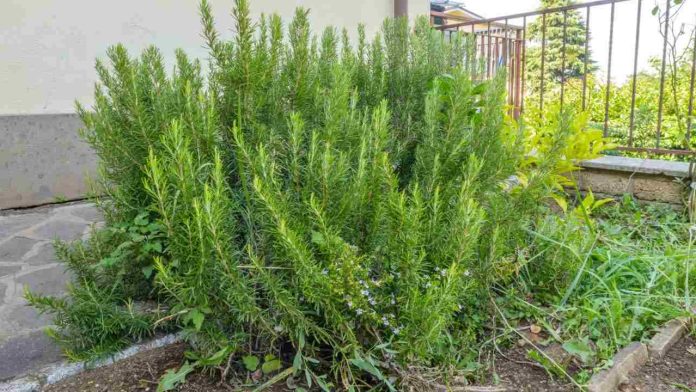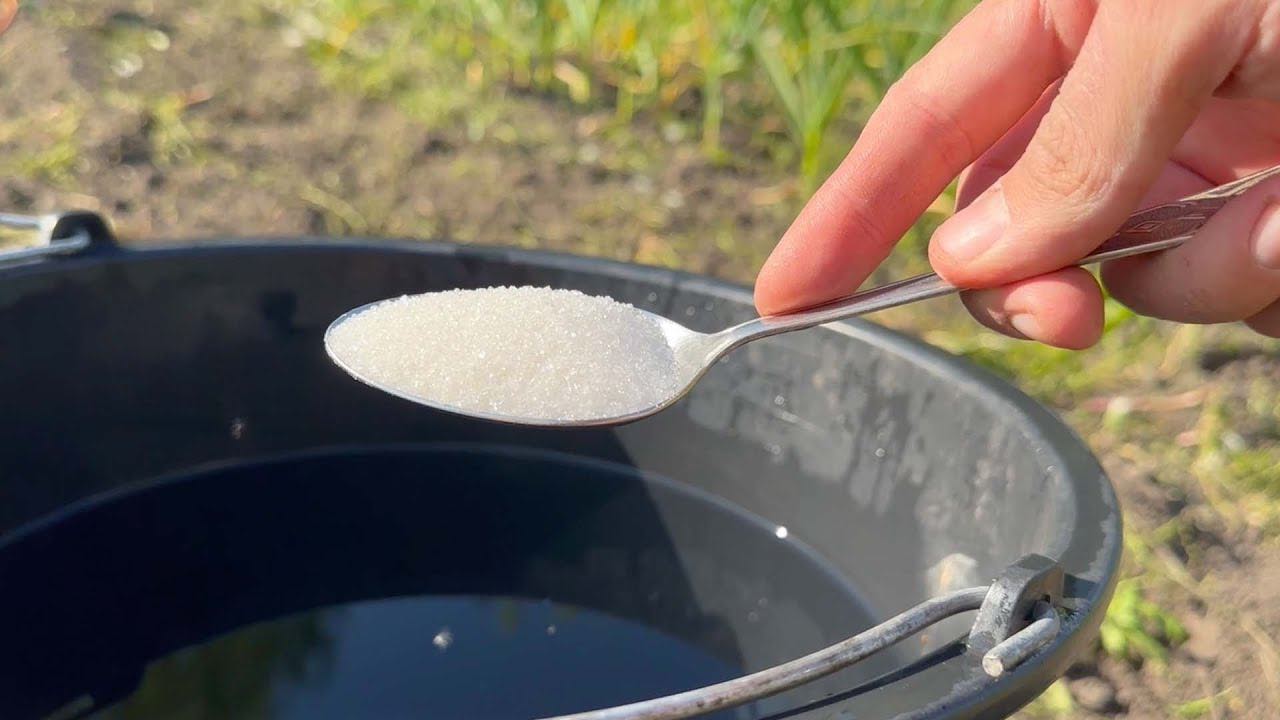
Rosemary, here the rule of every gardener is to have it abundant and leafy
Advice Advice
- 0
- 86
Rosemary is a hardy and easy-to-grow aromatic plant. But there’s a trick to making it more leafy and lush. Discover it below.

If you follow the rules gardeners use, your rosemary can always be ready to use on your windowsill.
Rosemary: What is it for?
Rosemary has a wide range of uses and benefits, which is why it’s one of the most common aromatic plants we plant on our balconies, windowsills, and terraces. The plant has long been used in both cooking and therapy , offering numerous health benefits and a delightful aroma.
Rosemary is commonly used in cooking due to its distinctive aroma and flavor . Its aromatic leaves can be used fresh or dried to flavor a variety of dishes, including roasts, poultry, potatoes, vegetables, breads, and sauces. It adds a touch of freshness and depth to many recipes.
Additionally, rosemary essential oil is used in aromatherapy for its stimulating and toning effects. It is believed to have properties that improve concentration, relieve stress, reduce mental fatigue, and promote mental clarity.
The pungent scent of rosemary can act as a natural repellent for some insects . You can rub rosemary leaves on your skin or burn some to keep unwanted insects away.
Although it’s a fairly easy aromatic plant to grow, gardeners use some important tricks that we’ll tell you about below.

how to grow it
The first secret gardeners use to keep rosemary plants healthy and flourishing is choosing the right soil . Once you’ve purchased a seedling, repot it and place it in a larger pot with suitable soil. Rosemary thrives in sandy, well-drained soil with a pH between 6 and 8. Make sure the soil has good drainage to prevent water stagnation.
Once this step is complete, the pot should be placed in full sun as this is an aromatic plant that requires at least 6-8 hours of direct sunlight a day for healthy growth.
An equally important factor is watering. It is a drought-resistant plant and prefers slightly dry soil. Only water the plant moderately when the surface soil is dry. Avoid overwatering the soil, as doing so can cause root rot.
Pruning is also important to maintain a compact shape and promote growth. Spring pruning is particularly important to remove dead or damaged parts after winter.

No major fertilization is required . You can apply a slow-release fertilizer in early spring to provide light nutrition throughout the growing season.

